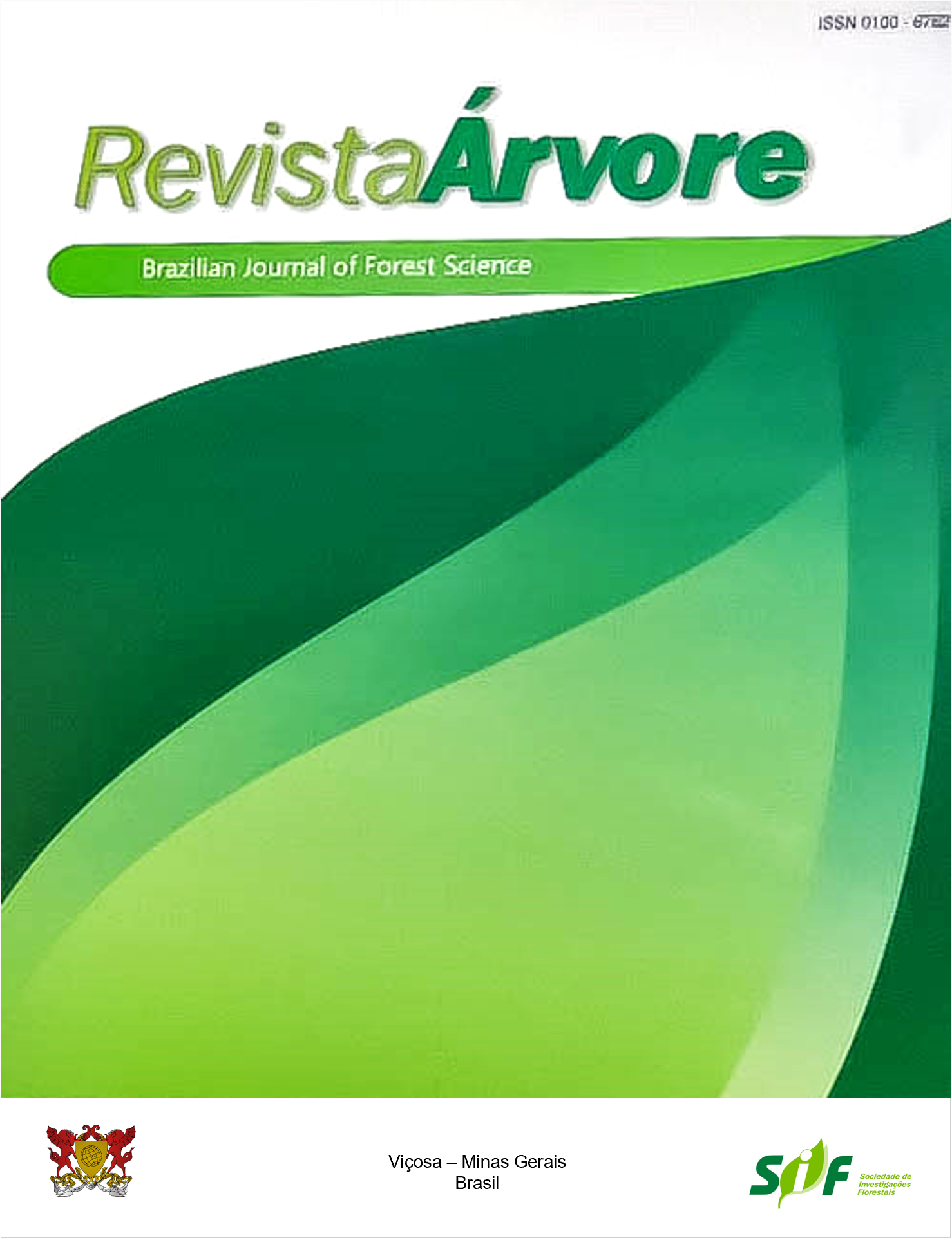INDUCTION AND MAINTENANCE OF EMBRYOGENIC CHARACTERISTICS OF CALLUS OF THE OIL PALM HYBRID MANICORÉ
Keywords:
Elaeis guineensis, Micropropagation, Cytochemical analysisAbstract
Large-scale oil palm propagation (Elaeis guineensis Jacq.) is difficult due to its unique apical meristem. In this context, micropropagation allows the multiplication of seedlings in vitro and the storage of germplasm elites. This study aimed to induce embryogenic calluses from leaves of oil palm plants in low concentrations of auxins and to observe the maintenance of these characteristics during in vitro cultivation. Calluses were induced in 0.5 cm leaf explants in Y3 culture medium supplemented with Picloram (4-Amino-3,5,6-trichloro-2-pyridinecarboxylic acid) or 2,4-D (2,4-dichlorophenoxyacetic acid), at concentrations of 0, 1, 3, 6, and 9 mg L-1. The callus with embryogenic appearance was subcultured and evaluated regarding maintenance of embryogenic characteristics by cytochemical analyses. The best treatment for induction of calluses was composed of 1mg.L-1 of Picloram, which led to 30% callus formation. The calluses were classified into4 types, based on color and morphology. The cells of calluses with nodular and beige appearance have embryogenic characteristics, and the embryogenic potential of the cell masses was maintained over the 20 months of cultivation. This differentiated adaptation to the protocol can allow the advance in the mass propagation of oil palm through tissue culture, indicating the importance of investigating the topics proposed by the research.
Keywords: Elaeis guineensis; Micropropagation; Cytochemical analysis
Downloads
Published
How to Cite
Issue
Section
License
Copyright (c) 2021 Revista Árvore

This work is licensed under a Creative Commons Attribution 4.0 International License.
All authors agreed to submit the work to Revista Árvore and granted the exclusive license to publish the article. The authors affirm that it is an original work and has not been previously published elsewhere. The scientific content and opinions expressed in the article are the sole responsibility of the authors and reflect their opinions, not necessarily representing the opinions of the editorial board of Revista Árvore or of the Society of Forest Investigations (SIF).




